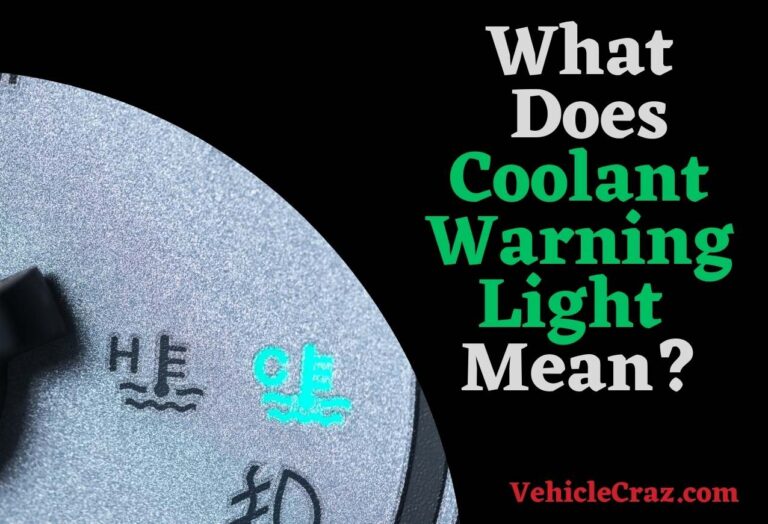How Does the Design of a Windshield Affect Defrosting Efficiency?
How Does the Design of a Windshield Affect Defrosting Efficiency? The design of your vehicle’s windshield plays a critical role in maintaining visibility and safety, especially during cold weather when frost and ice can accumulate.
While defrosting might seem like a simple task, several factors can affect how quickly and efficiently your windshield clears up. From the shape and size of the glass to advanced defrosting technologies, understanding how these design elements influence defrosting efficiency can help you make informed choices.
What Is Windshield Defrosting?
Windshield defrosting refers to the process of clearing frost, ice, and condensation from the glass to restore visibility. Effective defrosting is not just about convenience; it’s a crucial safety feature.
Poor visibility due to frost can lead to accidents, making fast and efficient defrosting vital, especially during winter months. Car manufacturers have long worked to improve defrosting systems, but the actual design of the windshield also influences how quickly and effectively the process happens.
How Does the Design of the Windshield Affect Defrosting?
The shape and size of a windshield play a significant role in defrosting efficiency. Curved windshields, which are common in modern vehicles, allow for better airflow distribution across the glass.
This is because the HVAC system can direct warm air more evenly over the surface, helping to melt frost faster. Conversely, flatter windshields might not distribute heat as evenly, resulting in slower defrosting times.
Additionally, the size of the windshield matters. Larger windshields have more surface area that needs to be cleared, meaning it may take longer for the entire glass to defrost compared to smaller windshields. However, larger windshields also allow more airflow from the defrosting vents, which can counterbalance the extra surface area.
Does the Windshield Glass Type Matter?
The type of glass used in a windshield also significantly affects defrosting efficiency. Most modern vehicles use either laminated or tempered glass. Laminated glass consists of two layers of glass with a plastic layer in between, which makes it better for safety but can slightly reduce the speed at which the glass heats up compared to single-layer glass.
There are also windshields with special coatings that can help prevent frost build-up. For instance, hydrophobic coatings can repel water and frost, making it easier to clear the windshield during defrosting. Another advancement is the use of low-emissivity (Low-E) glass, which helps retain heat and improves defrosting by keeping the surface warmer for longer.
How Do Defrosting Vents and Airflow Design Impact Efficiency?
Proper vent placement and airflow design are crucial for efficient windshield defrosting. Modern vehicles are designed with strategically placed defrosting vents at the base of the windshield. These vents blow warm air directly onto the glass to clear frost and fog quickly.
The more evenly the air is distributed across the windshield, the faster the defrosting process. In cars with poor vent placement or weak airflow, you might notice uneven clearing of the windshield, with some areas staying fogged or frosted longer. Car manufacturers focus on optimizing HVAC systems to ensure warm air reaches all parts of the windshield effectively.
Can Windshield Defrosting Technologies Enhance Performance?
In addition to glass and airflow design, many vehicles now feature advanced defrosting technologies to improve performance. Heated windshields are one of the most effective innovations in this area. These windshields come equipped with thin, nearly invisible heating elements embedded within the glass. When activated, the elements quickly heat the windshield, melting frost and ice from the surface in a matter of minutes.
Another technology to consider is the use of automatic defrost sensors. These sensors detect frost build-up and automatically activate the defrosting system, ensuring that your windshield stays clear even before you start driving. Such systems are especially useful in regions with frequent freezing temperatures.
The Importance of the Thickness of the Windshield
The thickness of a windshield can also influence how well it retains heat during defrosting. Thicker windshields may absorb and retain more heat, which helps melt frost faster once the glass is warmed up. However, this also means that it can take a little longer for the windshield to heat up initially compared to thinner windshields.
That said, the material of the glass and the presence of any thermal coatings or layers can play a bigger role than thickness alone. For instance, a laminated windshield with a Low-E coating may perform better at retaining heat than a thicker, uncoated windshield.
Energy-Efficient Ways to Improve Windshield Defrosting
Energy efficiency is an important consideration when it comes to defrosting your windshield. Running the HVAC system at full blast can quickly drain your battery, especially if you rely on your car’s heating system for long periods in cold weather. Fortunately, there are several ways to defrost your windshield more efficiently.
Precondition your vehicle
Many modern cars allow you to preheat the cabin remotely before you enter. This can make the defrosting process more efficient by warming up the windshield before frost has a chance to accumulate.
Use the correct HVAC settings
Adjust the settings to direct more warm air toward the windshield. Many vehicles have an automatic defrost mode that balances airflow and temperature to clear the glass quickly without wasting energy.
Use a windshield cover
Prevent frost from forming overnight by using a windshield cover. This not only saves you time in the morning but also reduces the energy required for defrosting.
Future Design Innovations Could Improve Defrosting Efficiency
As technology continues to evolve, we’re likely to see more innovative solutions for windshield defrosting in the future. One exciting development is the potential for smart glass, which can adjust its transparency and temperature based on weather conditions. Imagine a windshield that automatically heats up when the temperature drops, melting frost without you having to do a thing.
Another promising innovation is solar-powered defrosting systems, which could use solar energy to heat the windshield, offering an eco-friendly and energy-efficient alternative to traditional methods.
Conclusion
The design of a windshield plays a crucial role in determining how efficiently it defrosts. Factors like shape, size, glass type, vent placement, and advanced technologies all contribute to the speed and effectiveness of defrosting. As innovations continue to emerge, we can expect future windshield designs to enhance defrosting performance even further, making cold-weather driving safer and more convenient.


I’m Alex, a seasoned mechanical teacher with over 20 years of hands-on experience in Australia. My passion for all things automotive has driven me to establish this blog, aiming to share my wealth of knowledge and expertise with fellow enthusiasts, DIYers, and anyone keen on understanding the mechanics behind the machines we rely on daily.


![Coolant Mixed With Transmission Fluid? [Causes And Fixes]](https://vehiclecraz.com/wp-content/uploads/2024/03/Maximum-Level-3-768x524.jpg)




